There are 32 good companion plants for sunflowers in this list, along with a few you should avoid. Pairing sunflowers with other compatible plants does wonders for the garden.
After all, each plant comes with its perks, whether to add interest, deter pests, or promote better growth. Sunflowers are beautiful but are known to be stubborn to a myriad of other plants. This, in turn, affects or completely stops the growth of the plants.
The good news is that even with their stubborn nature, sunflowers still grow well with many other plant species. Here are the 32 ultimate companion plants for sunflowers you can add to your garden for positive results.
What Are The Best Companion Plants for Sunflowers?
The best companion plants for sunflowers include crimson clover, corn, squash, and pumpkin, along with Brassicas, and some nightshades. However, the list of compatible plants to pair with sunflowers is broad. As mentioned earlier, sunflowers can be stubborn and don’t grow well with some plants.
But, when they are compatible with others, sunflowers are usually the providers. Typically, pairing other plants with sunflowers comes with the perks of providing shade from their large flappy flowers to attract pollinators that promote abundant growth. However, you will also find other companion plants that enrich and benefit sunflowers.
Table of Contents
32 Best Companion Plants for Sunflowers
Sunflowers thrive best in loose, well-drained soils with a pH of 6.0 to 7.5. They prefer loose and well-drained soils due to their long tap roots that dig into the ground for a few feet. These flowering plants also prefer exposure to full sun for at least 6 to 8 hours.
Further, sunflowers usually grow large and wide flowers, which creates the need to space out each plant. Therefore, when picking the right companion plants, you have to consider these factors.
Here is a list of the most common sunflower companion plants;
Fellow Flowering Plants
Sunflowers grow pretty well with a good number of fellow flowering plants. These include;
1. Crimson Clover
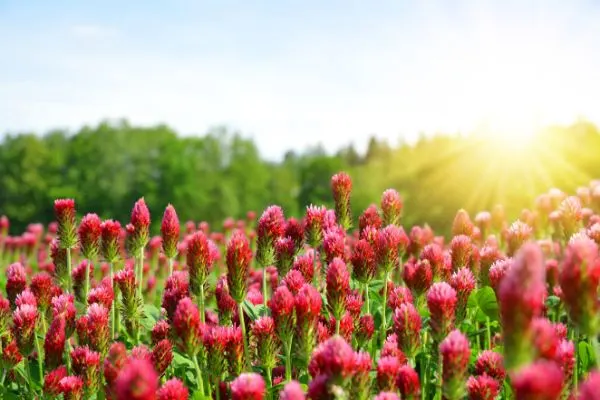
Crimson Clover is a flowering plant that grows close to the ground, providing excellent ground cover. Crimson clover complements sunflowers in attracting beneficial insects to your garden. In addition to promoting growth, beneficial insects also deter unwanted predatory pests.
Since clover grows as ground cover, it helps to crowd out tall weeds, eliminating them completely. This means that the younger sunflower plants growing and in need of a massive nutrient supply doesn’t have to compete with the weeds.
As if this is not enough, crimson clover plays an active role in the growth of sunflower plants. This is because clover draws nitrogen from the air into the soil to enrich it with key nutrients.
2. Marigolds
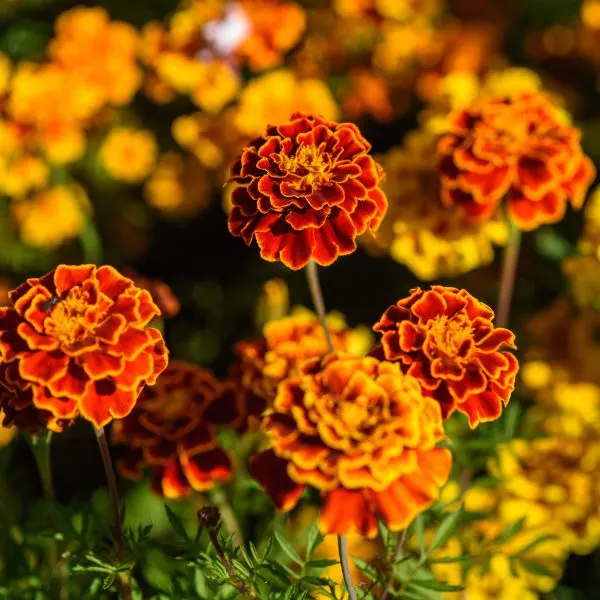
Marigolds aren’t only beneficial to the garden for their ornamental purposes, thanks to their showy flowers and beautiful foliage. They are also a natural bug repellent and help to deter a good variety of pests. So, adding it to your sunflower garden protects against unwanted bugs while adding interest.
3. Daisies

Daisies prefer cooler and shaded conditions to allow their flowers to bloom abundantly. So, when paired with the taller sunflowers, they receive adequate shade to produce their blossoms. Ideally, you want to plant them behind sunflowers, allowing them to tower over them and provide partial shade.
4. Snapdragons
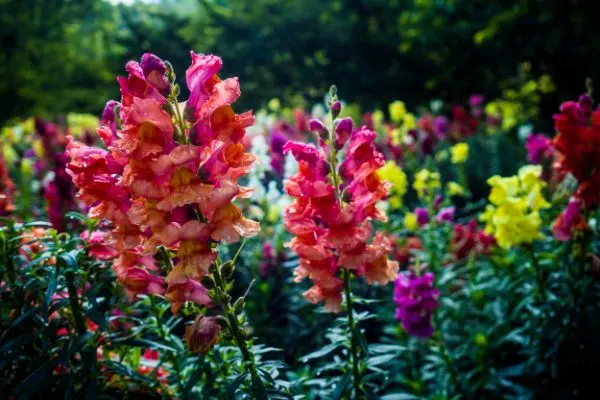
Like daisies, snapdragons prefer partially shaded areas. So, they do very well planted behind sunflowers. If you want to enjoy an earlier floral garden haven, simply sow your snapdragon seeds in winter.
5. Nasturtiums
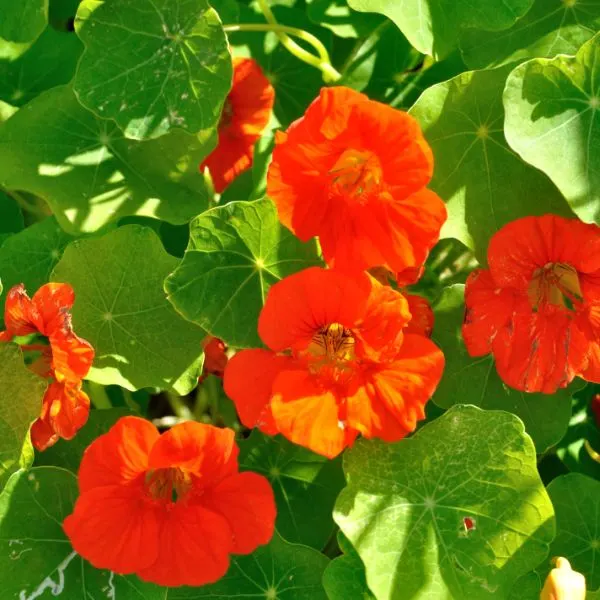
Sunflowers and nasturtiums grow well together. Nasturtiums typically grow attractive flowers in various shades, including orange, red, and yellow. These flowering plants typically grow by spreading across the ground in the beginning. Doing so allows them to cover the ground, acting as a cooling cover to shade the soil while out crowing weeds.
Nasturtiums also attract pollinators, such as bees and butterflies, while also tackling unwanted pests, like cucumber beetles and whiteflies. On the other hand, since these flowering plants thrive best in partially shaded areas, growing them behind sunflowers does wonders for their blooms.
6. Perennial Lobelia
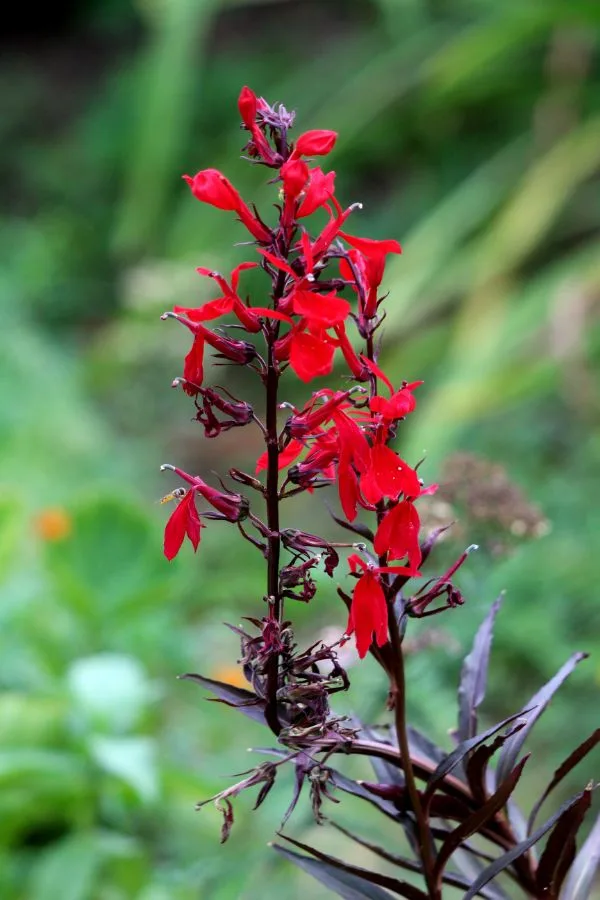
Perennial Lobelia grows into small flowering bushes or trailing plants that spread to fill borders around your sunflower garden. Now, this doesn’t only improve the setup visually. The growing style also traps moisture on the ground to create the perfect moist conditions for sunflowers to thrive.
7. Geraniums

Geraniums usually grow their blossoms in many varieties and colors. So, if you want to mix and match the varieties for a pop of color, geraniums are a great option. But, geraniums also pair great with sunflowers. Geraniums attract pollinators, such as butterflies and bees, while repelling pests, such as Japanese beetles and earwigs. These pests are pretty detrimental to the survival of sunflowers.
8. Stocks and Delphiniums
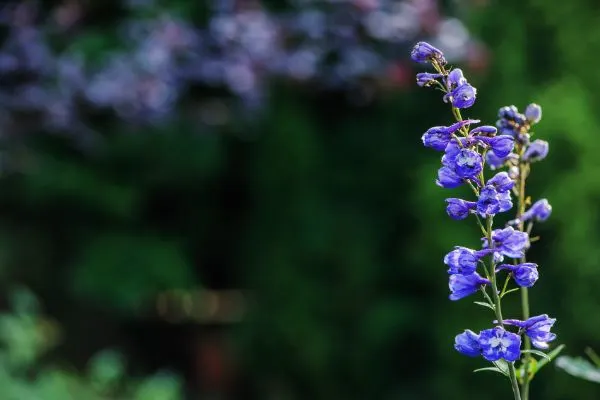
Lesser-known flower varieties, stocks, and delphiniums add interest while pairing perfectly with sunflowers. They come in a variety of beautiful colors, including blue. These flowering plants grow tall with elegant blossoms and produce the sweetest scent. When growing with sunflowers, they provide a colorful contrast against the yellow of the sunflowers. Plus, they attract a host of pollinators.
9. Impatiens

The shade-loving impatiens can easily be placed at the base of sunflowers when planting. While sunflowers bestow shade on them, they help to keep the soil nice and moist. The myriad of bright colors also adds interest to your garden. You can choose or mix different flower colors, including white, pink, red, purple, and orange, to name a few. The colorful blossoms also help attract many pollinators.
10. Cornflowers
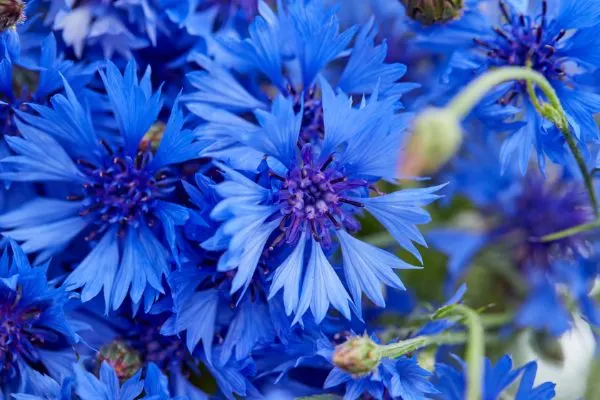
Cornflowers grow striking blossoms with unique shapes and a keen resemblance to pom poms. Available in blue, pink, and purple colors, cornflowers attract different pollinators, primarily bees.
11. Sweet Peas
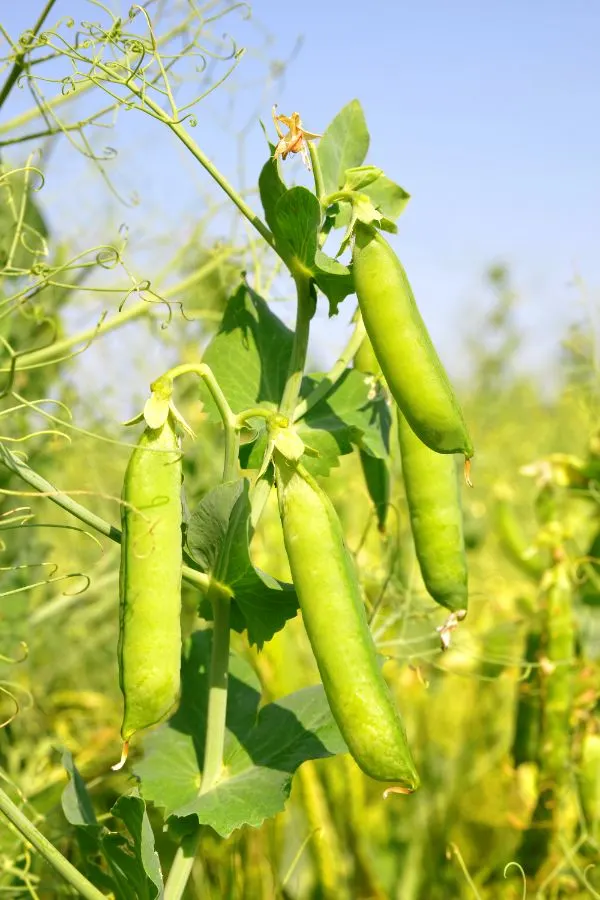
In addition to their sweet scent, sweet peas grow pollinator-attracting flowers. These flowering plants thrive in cool and shaded conditions, provided behind sunflowers. As climbing plants, they also climb sunflowers for extra support. But, you don’t have to worry about these much lighter flowers adding weight to your sunflowers.
12. Busy Lizzies
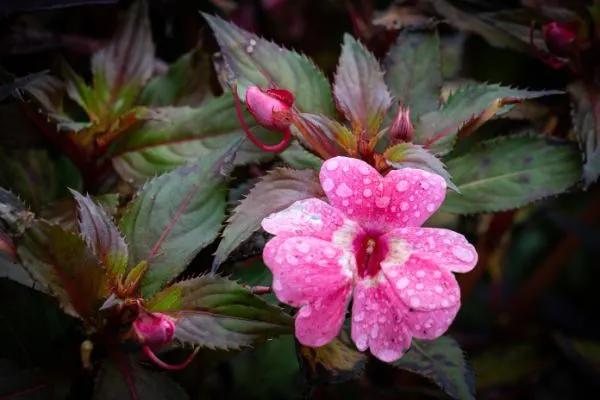
Busy Lizzie provides excellent ground cover for sunflowers. Now, with ground-covering pants, you get a lot of perks, including moisture retention and the natural elimination of weed growth. However, busy Lizzies grow pretty fast to cover the entire space. So, you want to be extra careful and occasionally cut them.
13. Other Flowers
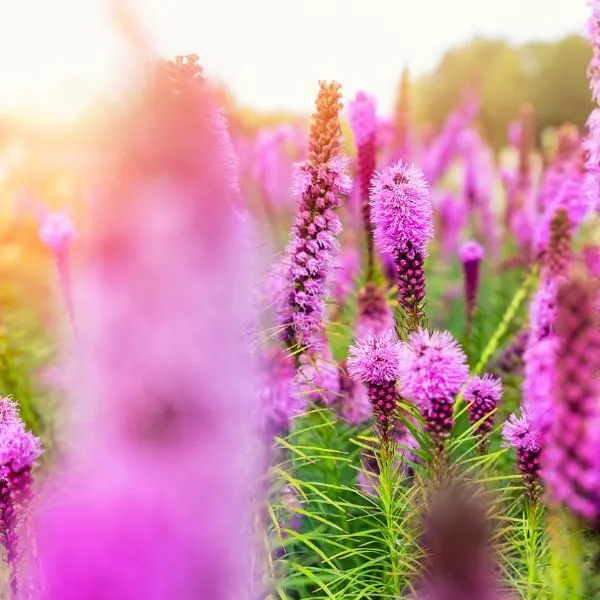
You can also complement sunflowers with lesser-known companion flowers. These native prairie flowers and wildflowers include calendula, lupine, coreopsis, Carolina rose, spurge, and blazing star. In addition to complementing your landscaping, most of these flowers boast powerful pest-repelling properties. So, when planted near sunflowers, they help to repel bad pests while attracting pollinators.
Vegetables
Vegetables normally don’t pair well with many plants. But, sunflowers are some of the few exceptions.
14. Pumpkins
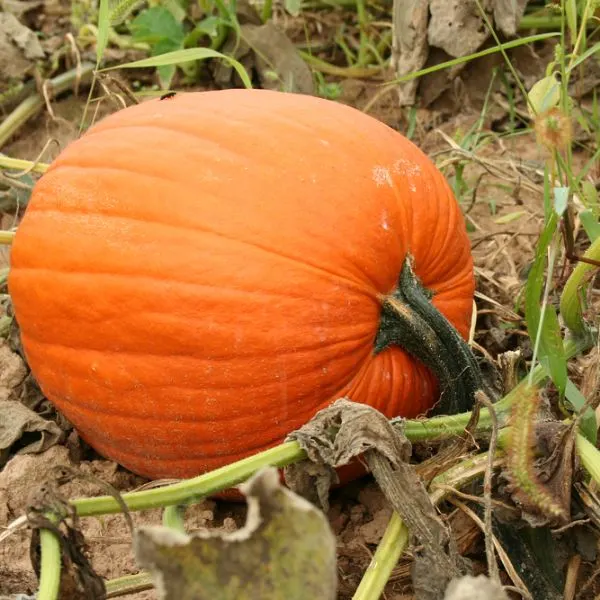
A favorite of sunflowers, pumpkins row beautifully around the base of sunflowers to complement them during the fall season. Pumpkins are also crawling plants so their leaves provide the much-needed suppression of weeds that affect the growth of sunflowers.
Their crawling nature also protects the ground by retaining moisture and preventing evaporation during the warm seasons. On the other hand, sunflowers attract pollinators which help to pollinate pumpkin blossoms and promote their overall growth.
15. Summer squash

Like pumpkins, summer squash, including zucchini/courgettes and squash are excellent companion plants for sunflowers. Zucchinis are fast-growing plants that pack a good crop supply when growing. However, sometimes, these plants need help to grow. This is because their flowers may experience difficulty growing as their flowers like to hide behind their giant leaves.
Growing them with sunflowers can help eliminate this problem since sunflowers attract various pollinators. Since zucchinis crawl, you can also stake them with sunflowers for a different style of growing. After all, sunflowers provide the much-needed partial shade for these plants to thrive.
16. Melons
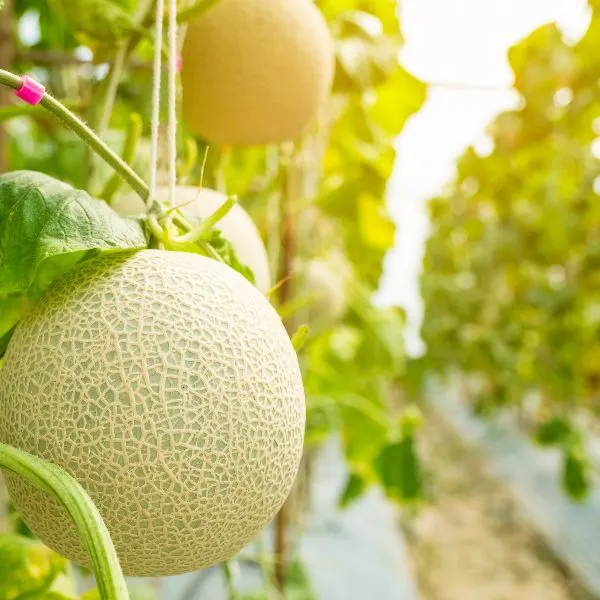
Melons develop on long crawling vines with large leaves. When paired with sunflowers they benefit from the pollinators they attract to boost insect pollination and promote their growth. However, melons also benefit sunflowers. Their crawling nature provides the much-needed ground cover to “weed out” weeds while also leaving the soil moist.
17. Cucumbers

The cucumber is another typical partial shade thriving plant that crawls and pairs great with sunflowers. Growing underneath the sunflower plant, cucumber benefits from the shade it provides. Cucumber vines can also benefit from the strong stocks of sunflowers which provide them with a supportive structure to grow.
Further, sunflowers help to attract a myriad of insect pollinators that benefit cucumbers with abundant growth and pest control. These pollinators are particularly great at feeding on cucumber beetles that love to attract the vine plant.
18. Corn
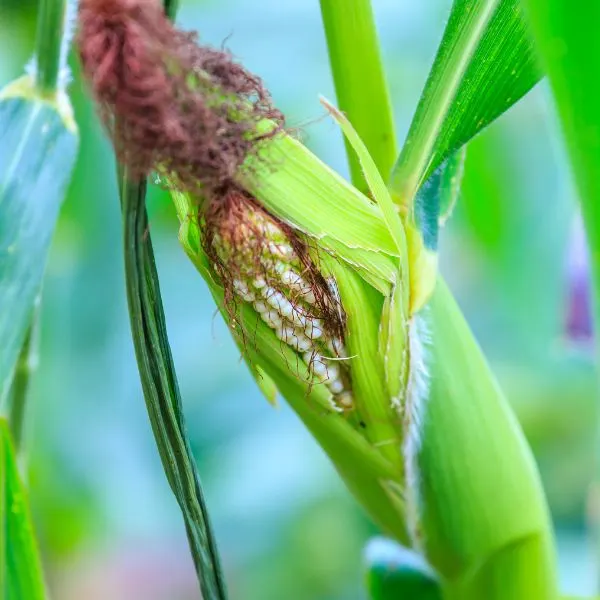
When driving in the countryside, you will notice that a lot of people plant corn with sunflowers. Now, this is not a coincidence. In addition to utilizing space efficiently, these two plants can co-exist just fine. Both sunflowers and corn develop tall stalks and deep roots to optimize their ability to extract water and essential nutrients. So, they don’t affect the growth of one another.
19. Beans
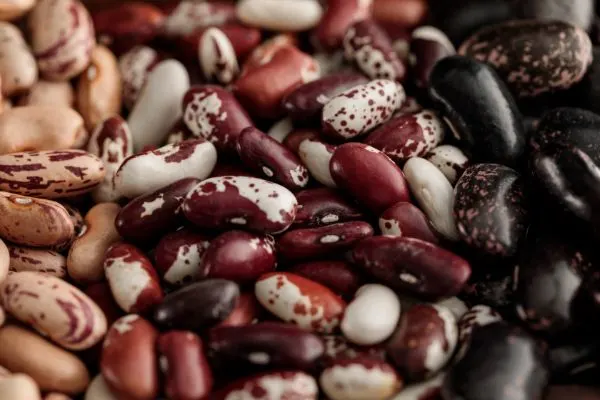
Legumes also grow well with sunflowers. Legumes such as beans and peas are popular for their nitrogen-fixing ability. This process helps to enrich the soil with essential nutrients to promote healthier growth. So, when you pair beans and sunflowers, this need is taken care of. After all, sunflowers use up a lot of nitrogen in the soil that must be replaced. This is where the beans jump in to help guarantee a constant supply.
20. Peas
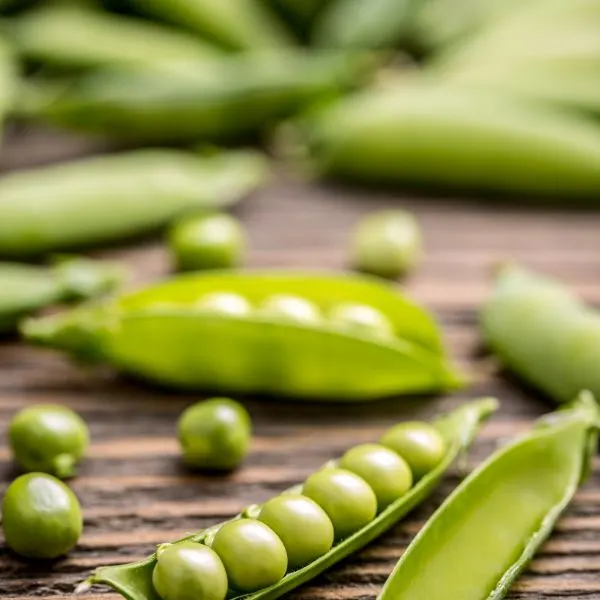
Like beans, peas also complement sunflowers due to their nitrogen-fixing powers!
Nightshades
A few but not all nightshades grow well with sunflowers. Since this list is divided, you always want to cross-check which nightshades go well with sunflowers. This is because there are a few of them that fall under the list of plants to avoid pairing with sunflowers.
21. Tomatoes

Tomatoes are one of the few nightshades that complement sunflowers perfectly. Sunflowers favor tomatoes by acting as trap crops and redirecting aphids (unwanted pests) away from tomatoes.
22. Peppers
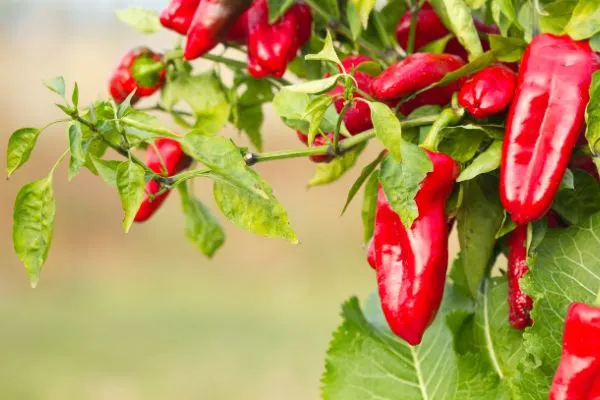
Like tomatoes, peppers grow well with sunflowers and benefit from them. Sunflowers help to deter aphids and to keep the peppers safe. The large floppy flowers of the sunflower plant also provide the shorter pepper plants with the much-needed shade for optimal growth and survival.
Brassicas
23. Lettuce
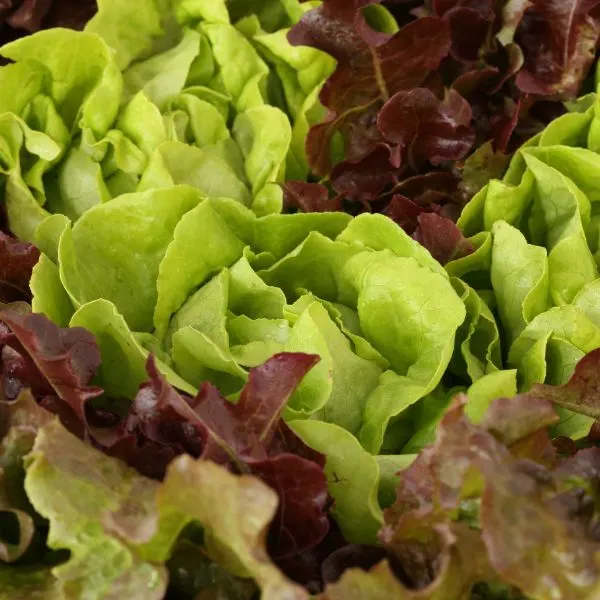
In a cool-season plant, lettuce does not do well under direct sunlight. This is because the heat causes the lettuce to bolt, turning its leaves bitter and almost edible. So, planting lettuce underneath sunflowers does them good as the large flowers shield them from the afternoon sun. One can say that sunflowers help to retain and improve the flavor of lettuce.
24. Kale

Like its fellow Brassica, lettuce, kale is also shade loving. Planting kale near sunflowers provides them with much-needed shade. However, the ground covering kale also helps to protect against soil damage and groundwater loss.
25. Cabbage
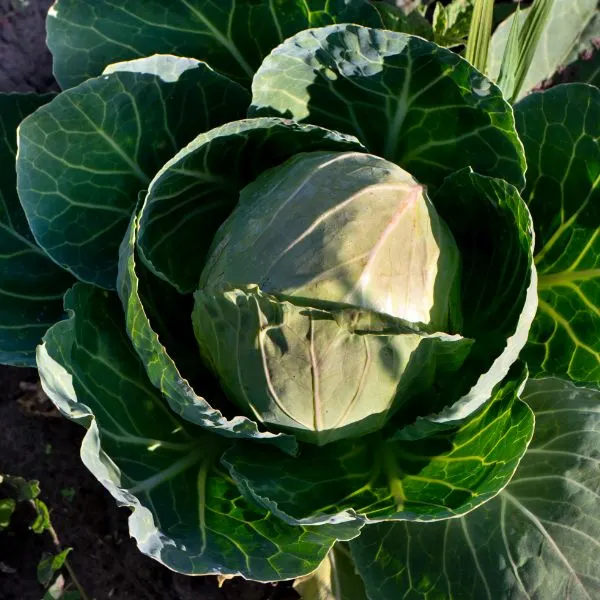
Cabbage benefits a lot from the shade providing sunflower. Plus, the two plants can co-exist without issues as they feed on different nutrients. This means that they never have to compete for nutrients.
Broccoli, Cauliflower, and Brussel Sprouts
These particular Brassicas also benefit from the shade provided by sunflowers like the rest. But, they also come with their space-saving perks. Planting broccoli, cauliflower, or brussel sprouts lets you make use of your space more efficiently as they don’t use up as much space.
Alliums
Consisting of chives, garlic, onions, and spring onions, alliums are another popular companion plant group for sunflowers. Known for their distinctively strong and pungent aroma, these plants utilize this key characteristic to their advantage.
26. Onions

Like other alliums, onions boast a strong aroma that stems from their sulfur content. Due to their strong pungent aroma, onions are natural pest repellents. This means that it protects your garden plants, including sunflowers, against bad pests while attracting good beneficial pollinators. On the other hand, the large sunflowers provide onions with adequate shade during extreme temperatures.
27. Spring Onions

Like onions, spring onions also keep out bad bugs while attracting good insects. Plus, spring onions grow pretty fast – so you will have ample supply for your stir fry and salads within 6 to 8 weeks.
28. Garlic
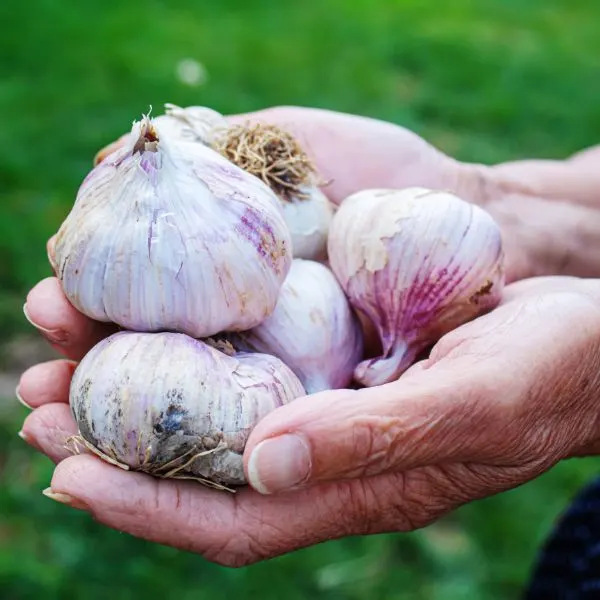
Garlic boasts similar characteristics to other alliums when planted with sunflowers. Its ultra-pungent and strong aroma repels unwanted bugs. In fact, even manufacturers use it as an ingredient in insect repellents, thanks to its natural effectiveness.
However, when planted with sunflowers, its uses are somewhat limited. This is because garlic is usually harvested early on during the summer season. Nonetheless, garlic still does a good job at driving the pest away in time for the remaining growing season.
29. Chives
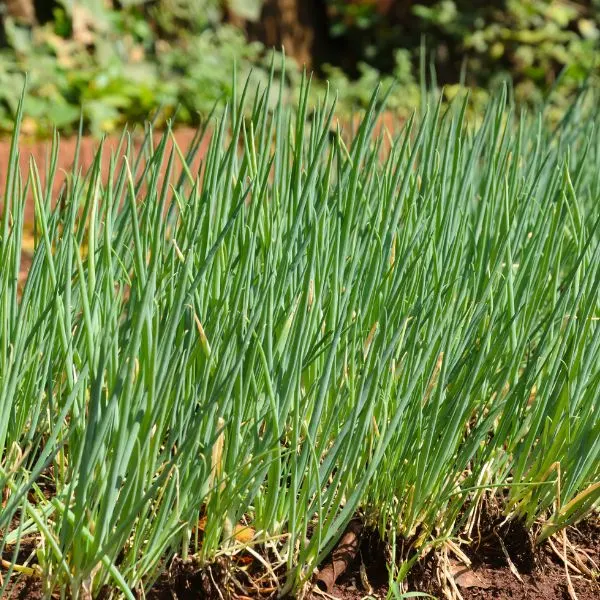
Chives pair well with sunflowers to help repel unwanted insects. Chives are particularly effective at repelling aphids. You can even pair sunflowers with tomatoes and chives for the best results if you fear an aphid infestation problem.
Herbs
Certain herbs are also popular companion plants for sunflowers and offer a myriad of benefits.
30. Lavender
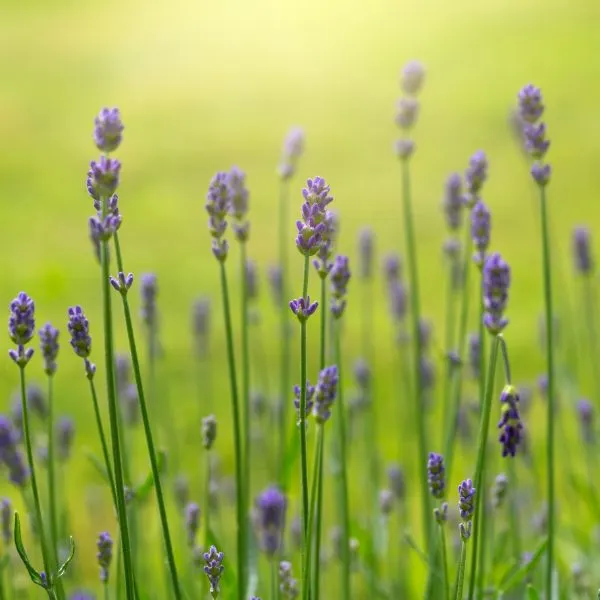
The flowering and aromatic lavender herb adds an elegant and almost therapeutic interest to your garden. But, it also complements sunflowers really well in attracting a variety of pollinators. These include various types of butterflies and bees.
31. Rosemary
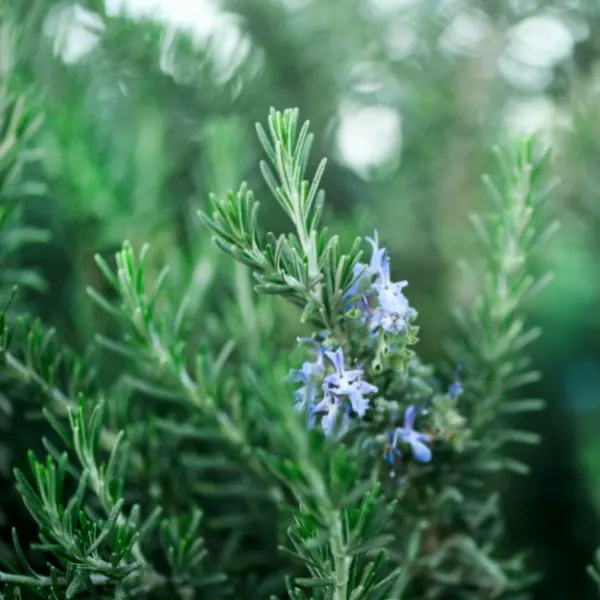
Rosemary develops a strong but beautiful scent that effectively repels unwanted bugs. It grows well at the base of the sunflowers, filling up gaps left between the plants. However, if left unpruned, rosemary can become a small bush. Now, we don’t want that! So, you have to make it a point to prune the herb.
32. Basil
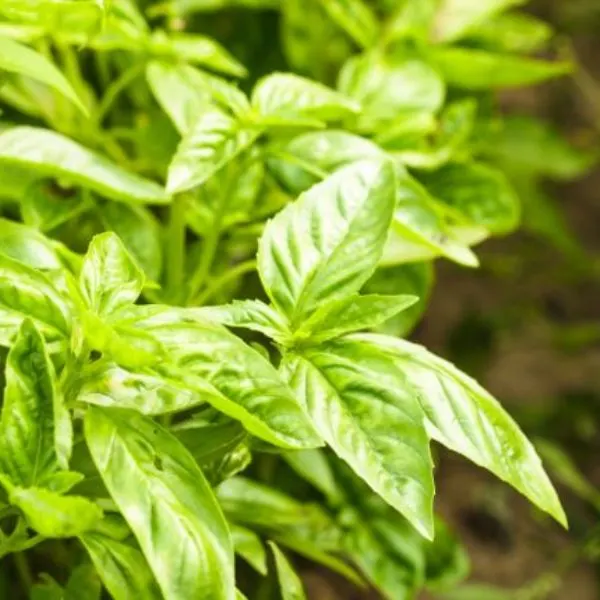
Like lettuce, basil bolts under direct sunlight. So, it needs some protection from the sun when growing. Sunflower offers the perfect protection, shielding basil from direct sunlight during long sunny days. This, in turn, allows basil to continue producing healthier leaves long into the summer season.
5 Worst Sunflower Companion Plants
Here are the 5 most common plants to avoid pairing with sunflowers;
1. Potatoes
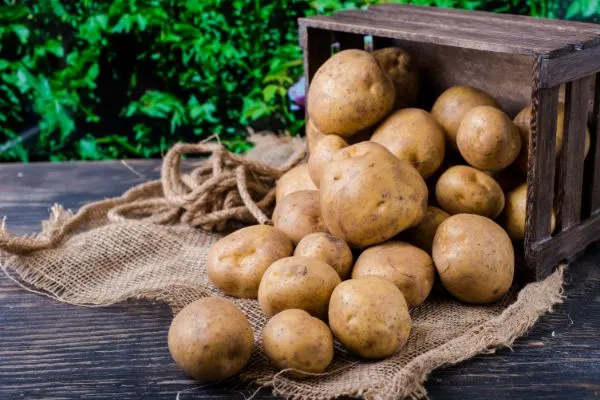
As previously mentioned, sunflowers grow well with some nightshades and horribly with others. Potatoes don’t do so well with sunflowers because of several factors. First, sunflowers boast a high allelopathic potential.
Allelopathic refers to the ability of one plant to produce biochemicals that can deter the growth, survival, development, and reproduction of another plant. Now, the allelopathic potential of sunflowers affects potatoes, reducing the potato crop yield significantly when planted together.
Further, sunflowers and potatoes compete for nutrients in the soil when grown together. This means that neither one grows to their full potential. Lastly, these two plants are susceptible to several similar diseases, such as verticillium wilt. So planting them near one another can risk infection from one plant to the other.
2. Pole Beans
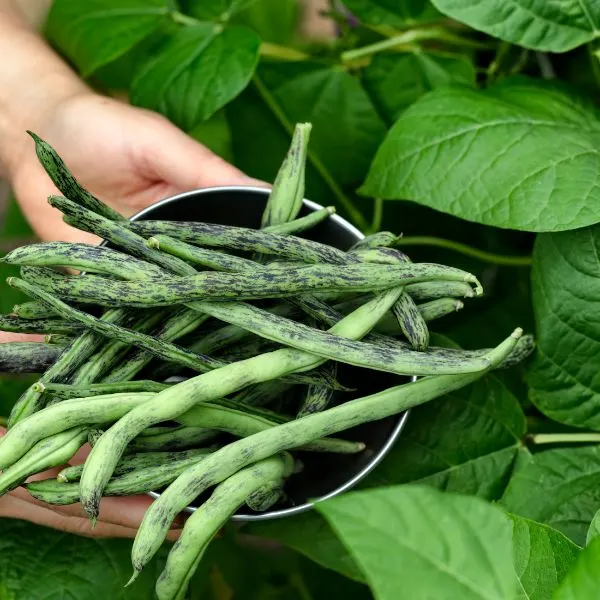
Sure, beans are great companion plants for sunflowers. But, not all beans are created equal. For instance, pole beans don’t do so well growing near sunflowers. Pole beans prevent sunflowers from growing. Surprisingly, pole beans complement corn very well.
3. Fennel
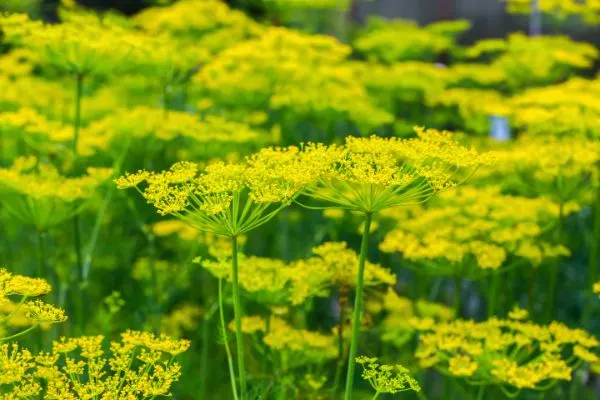
Fennel doesn’t grow well with many food crops as it prevents the growth of many of these plants. In many cases, fennel should be grown alone and away from many plants – including sunflowers.
4. Hyssop
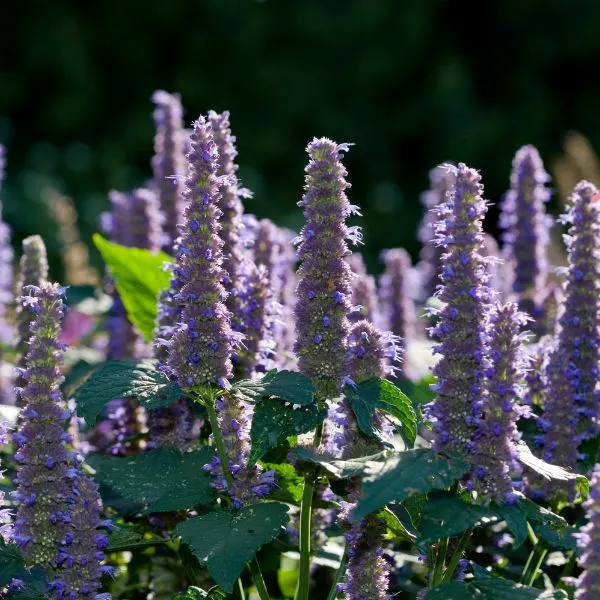
The reason why hyssop is not a good companion plant for sunflowers is their competition. These equally large plants compete for resources including space and water.
5. Other plants
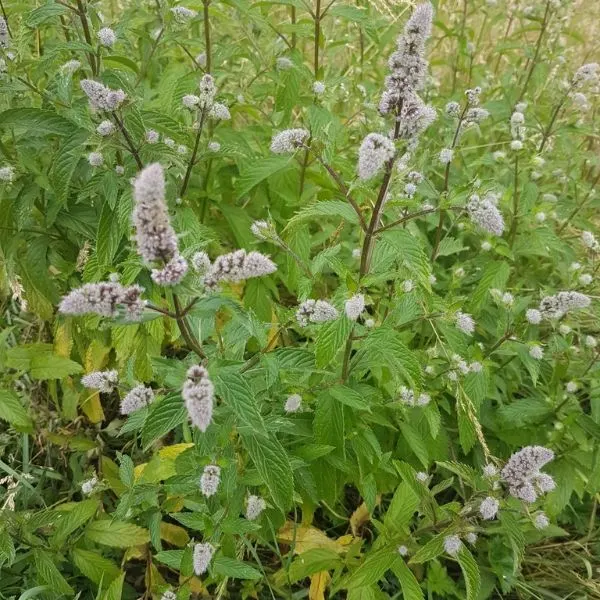
A collection of several other unrelated plants may also be the worst companion plants from sunflowers. This is primarily for their unattractive aroma and lack of flowers that don’t attract beneficial pollinators. These include eucalyptus, spearmint, ferns, mosses, citronella, and some evergreen shrubs.
Note: When it comes to companion plants for sunflowers, you will come across some debated facts. While some plants are reported to be excellent companion plants, some gardeners argue the opposite. These include plants like corn, pumpkins, squash, and melon.
Corn is reported to compete with sunflowers for sunlight while pumpkins, squash, and lemons are heavy feeders that take up too many nutrients. Similarly, some gardeners love pairing sunflowers and corn for their flavor and yield-boosting properties. On the other hand, others argue that sunflowers may affect the natural wind pollination process of sweet corn.
Infographic of the 12 flowering companions for sunflowers

Frequently Asked Questions (FAQs)
Are Sunflowers Annuals or Perennials?
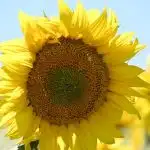
You can find sunflowers that are annuals and perennials. But, most sunflowers are annuals. These types of sunflowers usually germinate in late spring and blossom in summer to survive through early fall. During this time, they die off. If you want to maintain sunflowers all summer, during the planting season, plant them each week so they can succeed one another.
What Are The Differences Between Perennial And Annual Sunflowers?
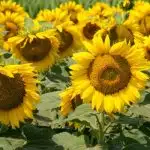
The main difference between annual and perennial sunflowers is that the latter has smaller flower heads than the former. Further, annual sunflowers last one year while perennial sunflowers usually come back. Perennial sunflowers begin to flower in the second year and will do so every year after that.
Can You Plant Annuals and Perennials Together?
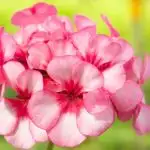
You can certainly plant annuals and perennials together. In fact, combining annuals and perennials can produce a visually distinctive garden. When done right, adding annuals to a perennial garden adds an interesting pop of color each year while attracting an increased number of pollinators and beneficial insects.
Are Sunflower Seeds Toxic to Other Plants?

The hulls of sunflower seeds are toxic due to the toxins it contains (sunflowers are allelopathic). When it is in contact with other plants, it inhibits its growth. This typically happens when the hulls fall to the ground where the plant is growing.
A good example of how sunflower seeds can affect a plant in this way is when you plant sunflowers and potatoes together. Sunflowers affect potatoes in a process known as allelopathy.
Do Sunflowers Affect Their Soil conditions?

Sunflowers certainly affect their soil by depleting it of nutrients. This is because sunflowers are heavy feeders and usually take up more when you want them to grow tall and large. One way to re-enrich the soil where sunflowers are planted is by using slow-release granular fertilizer.
You can also supplement this process naturally by complementing sunflowers with legumes, such as beans. This is because beans are natural soil nitrogen fixers, helping to enrich the soil constantly as sunflowers use up the nutrients.
Wrapping up
Sunflowers are stubborn yet, pretty rewarding plants to pair with if they are compatible with your plant of choice. In addition to their attraction to pollinators, they help other plants grow and add beautiful interest to your garden. Their enormous size blends well with shade-loving edibles, such as cucumbers, lettuce, and melons.
They also thrive in similar soil conditions to vegetables like green beans. Their ability to withstand aphids also makes them great pairs for aphid-affected flowers and vegetables. For a complete transformation of your garden, you can also pair them with trellis-loving, climbing plants, like cucumber and even flower vines.
More companion plant articles
